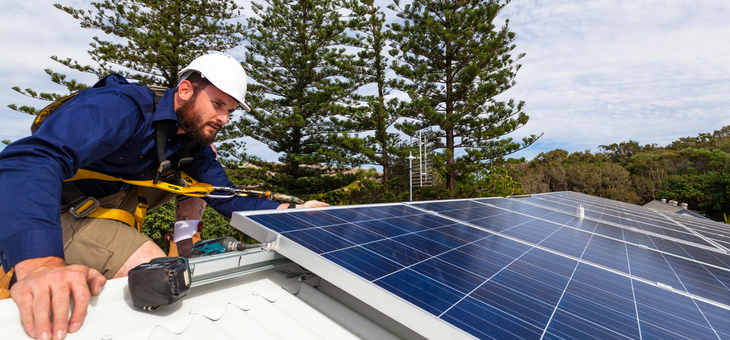Are you sure you are on the best energy plan available? Or could you be paying hundreds of dollars extra every year for your electricity supply?
Comparison site Canstar has surveyed 4000 households in the eastern states and found that some could be paying as much as $1600 more per year.
Canstar spokesman Simon Downes acknowledged that power bills were falling but said it was “scary to think households are spending $1600 or more than they need to”.
Canstar reports that Victorians were experiencing the biggest gap between the best best and worst deals, meaning they could be paying $1657 more than necessary. The gap between the best and worst offers in New South Wales was $1082, in South Australia $1053 and in Queensland $978.
Mr Downes said he was shocked at how many Australians were unaware there were better energy deals, a finding supported by YourLifeChoices’ Friday Flash Poll. “We suspect people fall into the trap [of thinking] they’re on a great deal, particularly if their offer has saver or savings in its name,” he told Fairfax Media.
When it comes to the base price of electricity, South Australians are the hardest hit paying 42.88 cents per per kilowatt hour and, according to Canstar Blue, often miss out on discounts and bonus perks. Households in Queensland and Victoria (27.63 cents per kWh and 28.25 cents) generally pay the lowest prices.
As debate continues about how best to maintain a reliable electricity supply while reducing carbon emissions, the Australian Energy Market Commission (AEMC) annual report provides a generally optimistic outlook on pricing if renewables, such as wind and solar, are allowed to set the pace.
It estimates that as a result of more variable wind and solar generation coming online:
- Victorian households will see electricity prices drop by an estimated 8.2 per cent each year over the two years from 1 January 2019
- NSW households will see prices drop by an estimated 6.6 per cent each year over the next two years
- South Australian households will see prices drop by an estimated 7.3 per cent each year over the next two years
- Households in south-east Queensland will see prices drop by an estimated 7.1 per cent each year over the next two years
- Tasmanian households can anticipate a 6.5 per cent drop in prices.
The report estimates that in the ACT, prices will rise by an estimated 1.8 per cent each year over the next two years, “driven mainly by increases in the cost of environmental policies”, while in Western Australia, the prediction is for a 6.3 per cent increase each year over the next two years, and in the Northern Territory, increases of 2.5 per cent each year over the next two years.
All of which makes it particularly important that any price drops are passed on to the consumer and that all energy plans are clear and easy to understand.
Leading energy analyst BloombergNEF says the unsubsidised cost of wind and solar beats coal as the cheapest form of bulk electricity generation in all major economies except Japan.
“In India, best-in-class solar and wind plants are now half the cost of new coal plants,” the report says, despite the recent imposition of import tariffs on solar cells and modules.
“Short-duration batteries are today the cheapest source of new fast-response and peaking capacity in all major economies except the US … As electric vehicle manufacturing ramps up, battery costs are set to drop another 66 per cent by 2030, according to our analysis,” the Bloomberg report says.
Victoria Energy Policy Centre director Bruce Mountain says that analysis due to be released next month would show “the expansion of wind and solar capacity is likely to bring [electricity] prices down far more quickly than would be the case if it didn’t expand.”
He said that a report by the Australian Energy Market Operator (AEMO) did not indicate a problem with reliability if renewables took a 50 per cent share of the mix.
Dr Mountain says all political parties should stick to the facts. “It would be good if there was a critique [of energy policies] that was informed by the economics and the engineering,” he said. “At the moment it’s not – it’s informed by the politics of the situation.”
Are you keeping track of the energy debate and the different political parties’ focus on coal-fired station versus renewables? Is a reduction in emissions as important to you as pricing?
Related articles:
Confusion on energy woes
Renewables plan to cut prices
Energy prices hit pensioners hard

